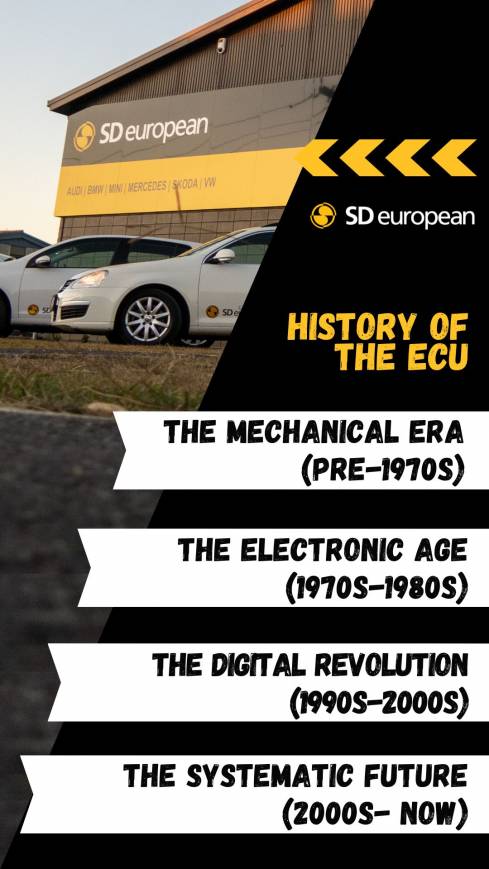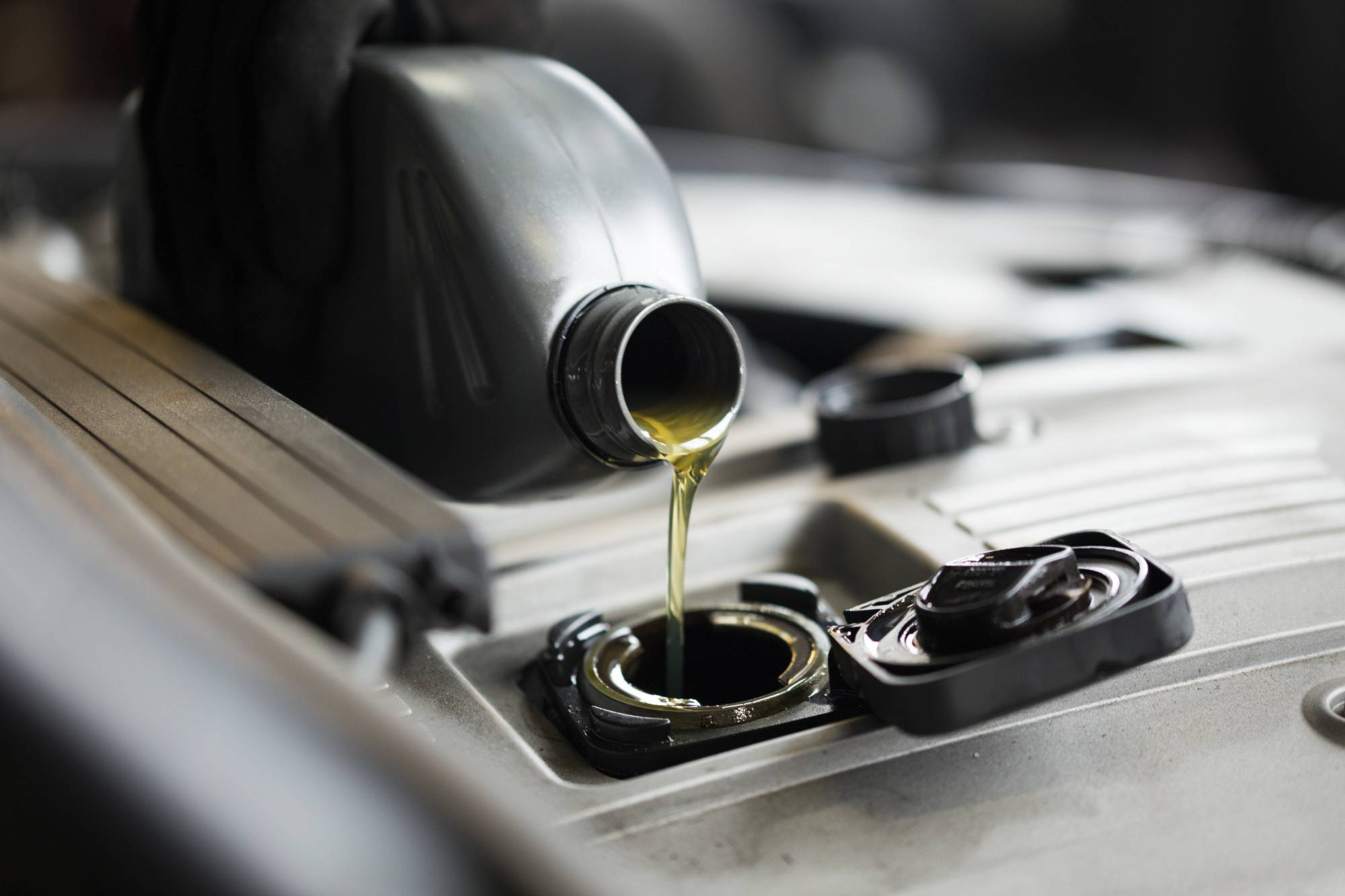 25 Sep 2023
25 Sep 2023Part One
Before the 1970s, engine control relied primarily on mechanical systems, such as carburetors and distributors, to manage functions like air-fuel mixture and ignition timing.
However, these mechanical systems lacked the adaptability and precision needed to meet evolving emissions standards and performance expectations.
As environmental concerns grew and emission regulations tightened in the 1960s and 1970s, it became clear that mechanical systems couldn't meet the new standards.
They lacked the ability to make real-time adjustments and precise control over engine parameters. To address these limitations, electronic engine control systems, known as ECUs, were introduced.
Part Two
In the 1970s and 1980s, stricter emissions and fuel efficiency standards drove the automotive industry to shift from traditional mechanical controls to early electronic engine management systems.
This transformation introduced basic sensors and electronic fuel injection systems managed by Engine Control Units (ECUs), which served as central control hubs.
This enabled real-time adjustments, leading to better engine performance, increased fuel efficiency, and more effective emissions management.
Part Three
Digital Engine Control Units (ECUs) became widespread in the 90s-2000s, enabling real-time precision in managing engine parameters. During this era, On-Board Diagnostics (OBD) systems emerged, simplifying engine issue diagnosis with diagnostic trouble codes (DTCs). Advanced sensor technology, monitoring exhaust gas, camshaft, and crankshaft positions, improved accuracy, and optimised engine performance. Adaptive learning algorithms allowed ECUs to adapt to various driving conditions, resulting in smoother, more efficient engine operation.
Part Four
Since the 2000s, Engine Control Unit (ECU) technology has rapidly advanced, with increased processing power and memory capacity. Modern ECUs now offer precise control, enhancing performance, efficiency, and enabling performance tuning. These advancements extend beyond the engine, impacting throttle control, vehicle subsystems, and hybrid/electric vehicles. Additionally, ECUs play a vital role in advanced driver assistance systems (ADAS) and autonomous driving, shaping the future of automotive technology for improved efficiency, safety, and driving experiences.


